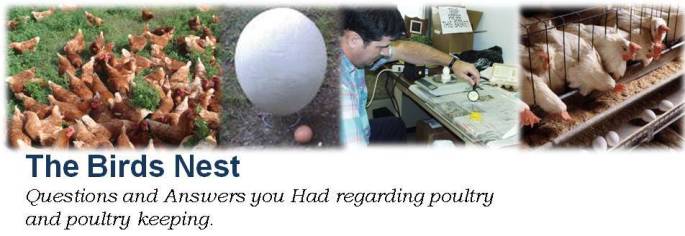It is all in the air.
One
of the myths I run into is that is it is very hard to keep a poultry house dry
in cold weather. What could be said is
that is it is hard to keep a house dry and warm in the winter. The core problem is that you fight water all
winter long if you do not understand what is in the air.
As
air cools, it loses its ability to hold water.
Hot air on the other hand, will hold a large volume of water as vapor or
if it gets hot enough - steam. This is
why a dehumidifier will collect water as it removes water from the air by
cooling. Knowing this, a farmer can dry
his litter enough to control wet spots and therefore insect levels during the
winter before they become a problem in the spring.
Water
is being created in a poultry house every day.
For each pound of feed, two pounds of water is consumed. Some of this will pass as liquid water in the
manure, but other is given off as vapor from the respiratory system. Therefore,
to best use this principle, the farmer should vent his house to remove the hot
moist air and bring in cool air to mix with the hotter room air. Circulation fans within the house can help
with mixing the air, as well as attic ventilators and inlet baffles that helps
pre-heat the air before dumping into the room.
As the outside air warms up it will remove water out of the surrounding area
and begin to dry the manure. A constant
amount of room air needs to be vented in order to help dry the house. If condensation is seen in the house, it is
under ventilated or the air is not mixing properly. The use of hand held wind meters, surveyors
tape and other aids could help determine where air is flowing in the house.
Smaller
flocks also need to ventilate in winter to keep bedding dry. If necessary, a heat lamp will provide the
additional heat to help the cool air absorb the needed moisture that is to be
removed from the house. Watch the litter
conditions to determine if further venting is needed.







